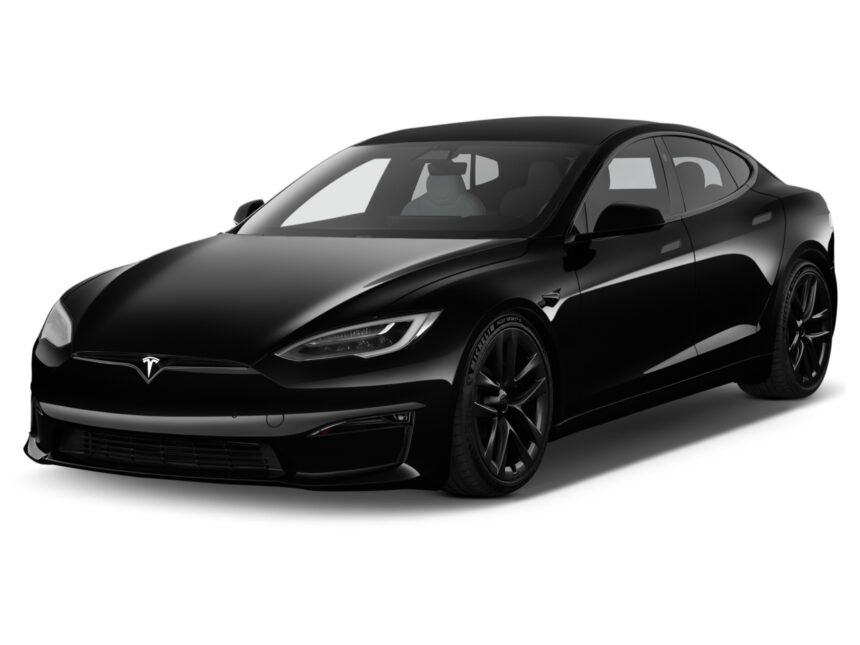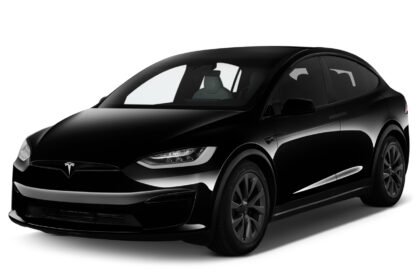Exploring the 2025 Tesla Model S: Performance, Comfort, and Challenges
Unmatched Performance in a Luxury Sedan
The 2025 Tesla Model S continues to redefine the boundaries of electric vehicle performance, merging the thrill of supercar acceleration with the comfort of a luxury sedan. The base All-Wheel Drive variant boasts dual electric motors that generate an impressive 670 horsepower, enabling it to accelerate from 0 to 60 mph in a mere 3.1 seconds. For those seeking an adrenaline rush, the Plaid trim elevates the stakes with three electric motors that produce a staggering 1,020 horsepower, achieving the same speed in just 1.99 seconds.
Consumer Reports has recognized the Model S as the fastest car they have ever tested, highlighting its exhilarating yet smooth acceleration. The vehicle’s Insane mode is tailored for those who crave raw speed, while the Sport mode provides ample power for everyday driving. Additionally, the Model S excels in handling, featuring quick turn-in, substantial grip, and minimal body roll. Its all-wheel-drive system ensures that power is distributed efficiently, making it a delight to navigate winding roads.
Range and Charging: A Competitive Edge
In the realm of electric vehicles, the Model S stands out as one of the few capable of replacing traditional gas-powered cars for long-distance travel. The base All-Wheel Drive model offers an estimated range of 410 miles, while the Plaid variant provides up to 348 miles. Although these figures are commendable, they do not surpass the Lucid Air’s impressive 512 miles or the Rivian R1T’s 420 miles. However, Tesla’s extensive Supercharger network enhances the Model S’s usability, making charging both convenient and rapid.
Interior Comfort and Versatility
The Model S, designed as a spacious sedan, features a cabin that prioritizes comfort and support. Unlike some of its Tesla counterparts, the seat adjustments are conveniently located on the sides of the seats, rather than being hidden within the central touchscreen. The front seats are particularly inviting, and the quiet cabin, combined with a smooth ride quality, makes the Model S an excellent choice for daily commutes.
Moreover, the Model S’s hatchback design and front trunk contribute to its versatility. With the rear seats in place, it offers 25 cubic feet of cargo space, which expands to 61.4 cubic feet when the rear seats are folded down. The front trunk adds an additional three cubic feet, making this level of practicality rare in the luxury electric vehicle segment.
Areas for Improvement in the 2025 Tesla Model S
Luxury and Build Quality Concerns
Despite its premium price point, the Model S falls short in terms of luxury compared to its competitors. The interior materials and overall design lack the upscale feel found in rivals such as the Lucid Air, BMW i7, and Mercedes-Benz EQS. Additionally, build quality issues persist, with reports of squeaks, rattles, and poorly fitting trim-concerns that should not be present in a vehicle of this caliber.
Control Layout and User Experience
The Model S’s minimalist interior design centralizes nearly all controls within the touchscreen, which can be cumbersome for users. Simple tasks, such as adjusting climate settings or accessing the glovebox, require navigating through multiple menus, making the system less intuitive than traditional buttons and knobs.
Furthermore, the optional yoke-style steering wheel has drawn criticism for its impracticality. While it presents a futuristic aesthetic, Consumer Reports found it uncomfortable for long drives, necessitating awkward hand positions that can lead to fatigue. For many drivers, the yoke appears more as a gimmick than a functional enhancement.
Rear Seat Comfort Limitations
While the front seats offer ample comfort, the rear seating arrangement is less accommodating. Limited foot space and a low seating position can make the rear seats uncomfortable for taller passengers, particularly on extended journeys. This is an area where competitors like the BMW i7 and Lucid Air excel, providing a more spacious and comfortable rear seating experience.
Reliability Concerns
The 2025 Tesla Model S has received a predicted reliability score of just 35 out of 100 from Consumer Reports. While Tesla’s powertrains are generally regarded as reliable, the Model S’s overall reliability is below average, which could result in higher maintenance costs over time. This aspect may deter potential buyers who prioritize long-term dependability.
Final Thoughts
The 2025 Tesla Model S remains a formidable contender in the luxury electric vehicle market, offering blistering performance, competitive range, and a versatile interior. Its balanced handling and comfortable ride make it an appealing choice for those who value speed and practicality. However, its shortcomings in luxury, user interface, and build quality prevent it from reclaiming its status as the class leader it once held.
So, who is the Model S best suited for? It is an excellent option for tech-savvy drivers and performance enthusiasts who prioritize speed and range over luxury and refinement. However, buyers seeking a more upscale experience may find better alternatives in competitors like the Lucid Air or BMW i7.
In conclusion, while the 2025 Tesla Model S remains a compelling choice in the electric vehicle landscape, it no longer leads the charge. With newer, more refined options emerging, the Model S appears to be in a position of catching up rather than setting the pace.








